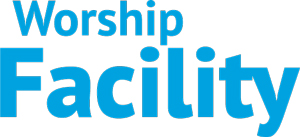Hello everyone and welcome back to Production Tech Talk with Bill, this month’s question comes from Dominic D from Syracuse, NY, who asks “Why are some of my moving light fixtures moving slower than others?” Well I recently had to trouble shoot this issue as well, here are a few reasons why some of your moving light fixtures might be moving slower than others, so let’s dive in.

DMX Signal Issues: If the DMX signal is weak or inconsistent, it can cause fixtures to respond poorly. Check the cables and connections to ensure they’re secure and functioning properly. Wireless DMX may also make the unit seem sluggish due to distance or even interference.
Fixture Settings: Different fixtures may have different settings for speed and acceleration. Check the menus or dip switches on the fixtures to ensure they are set to the same parameters.
Power Supply: Insufficient power supply can affect the performance of moving fixtures. Ensure all fixtures are receiving adequate power.
Mechanical Issues: If a fixture has a mechanical issue (like a motor or gear problem), it may move slower. Inspect the affected fixtures for any physical obstructions or damage. Loose gears or missing teeth on a gear can add to the slower motion.
Temperature: Overheating can cause fixtures to throttle performance. Ensure they are in a well-ventilated area. Check the cooling fans and ensure they are clean and clear of any debris.
Firmware/Software: If your fixtures have programmable settings, make sure they are updated to the latest firmware, as updates can resolve performance issues.

Check these items to diagnose and potentially resolve the speed discrepancies among your moving light fixtures. Most units are pretty expensive so maintenance will go a long way to prevent sluggish moving light units.

